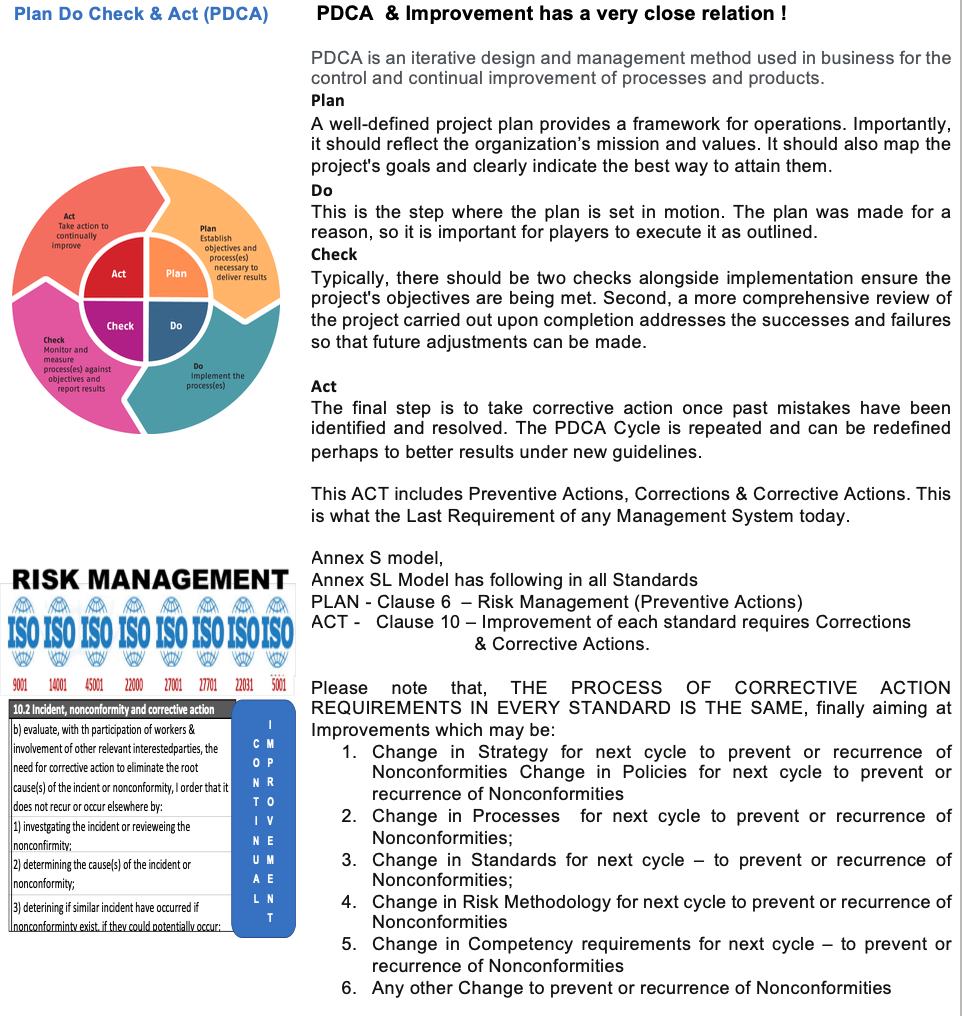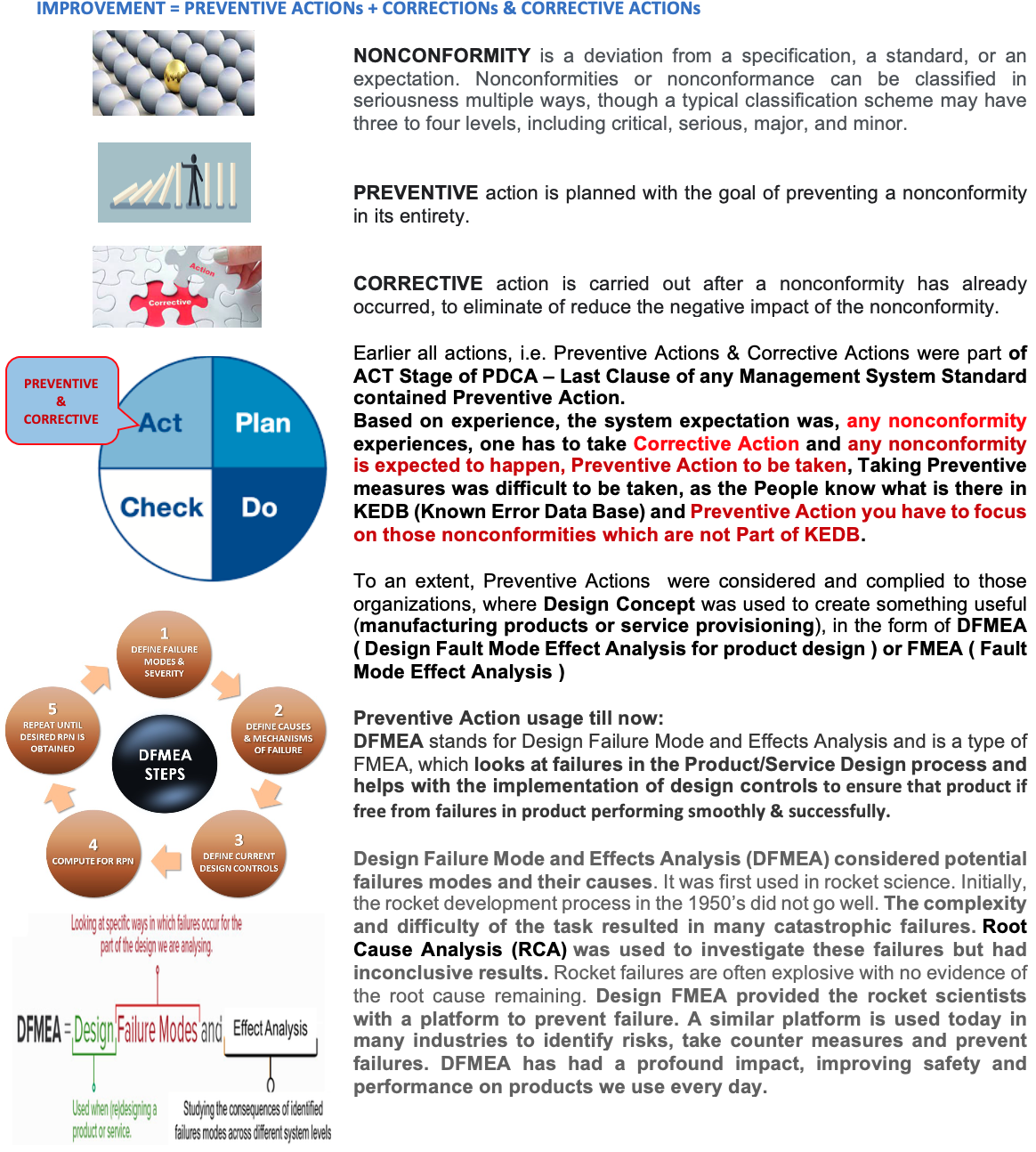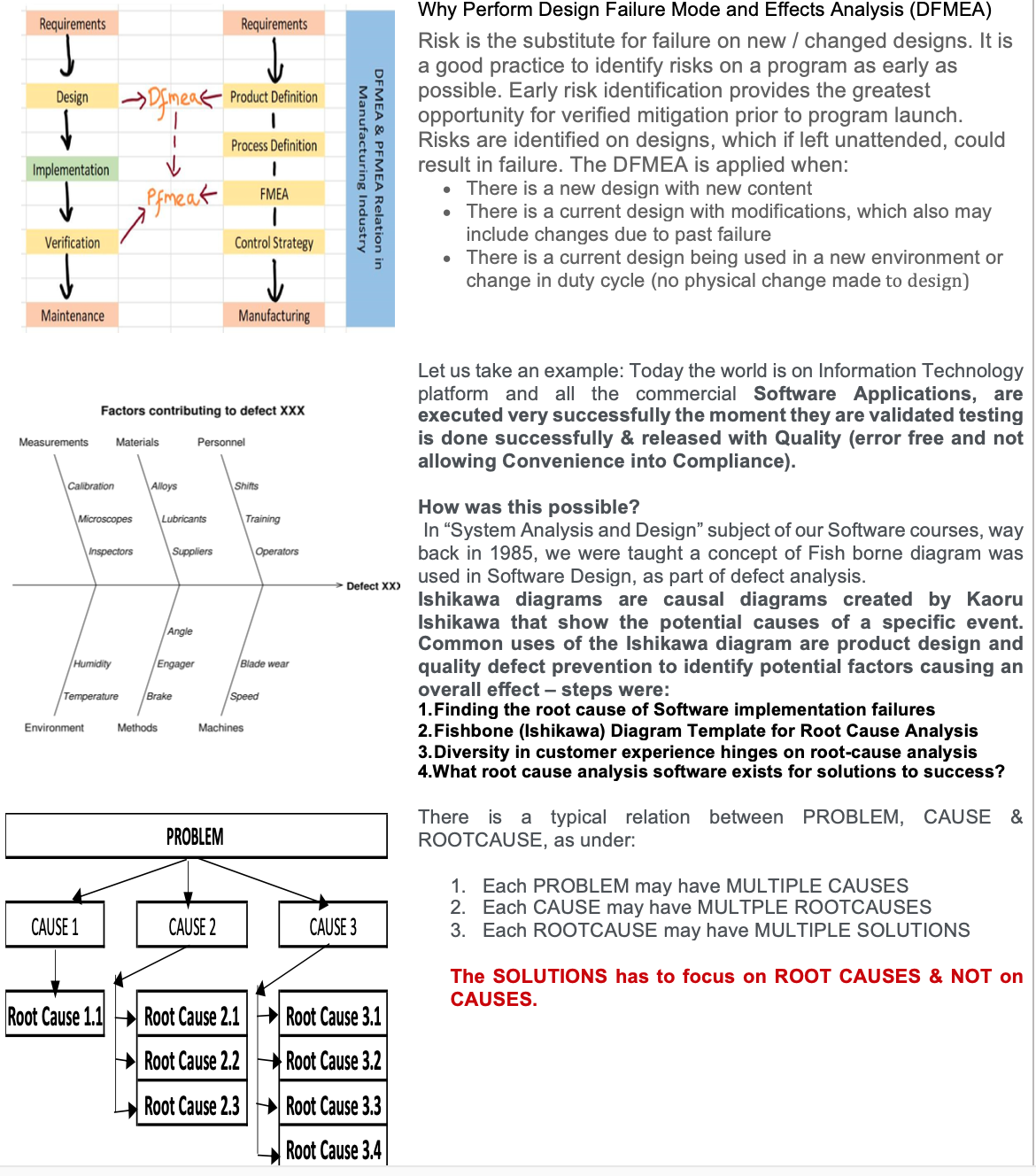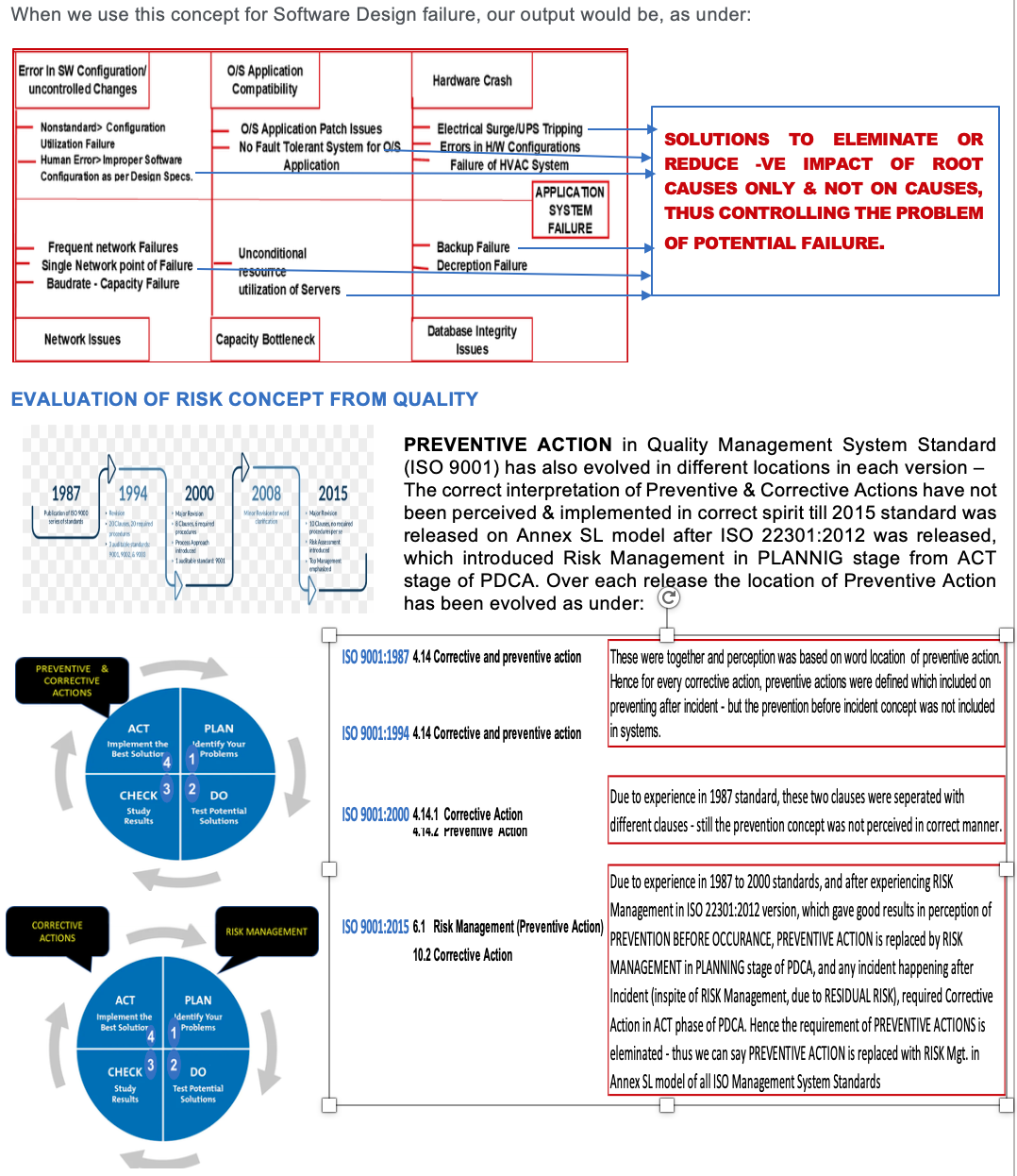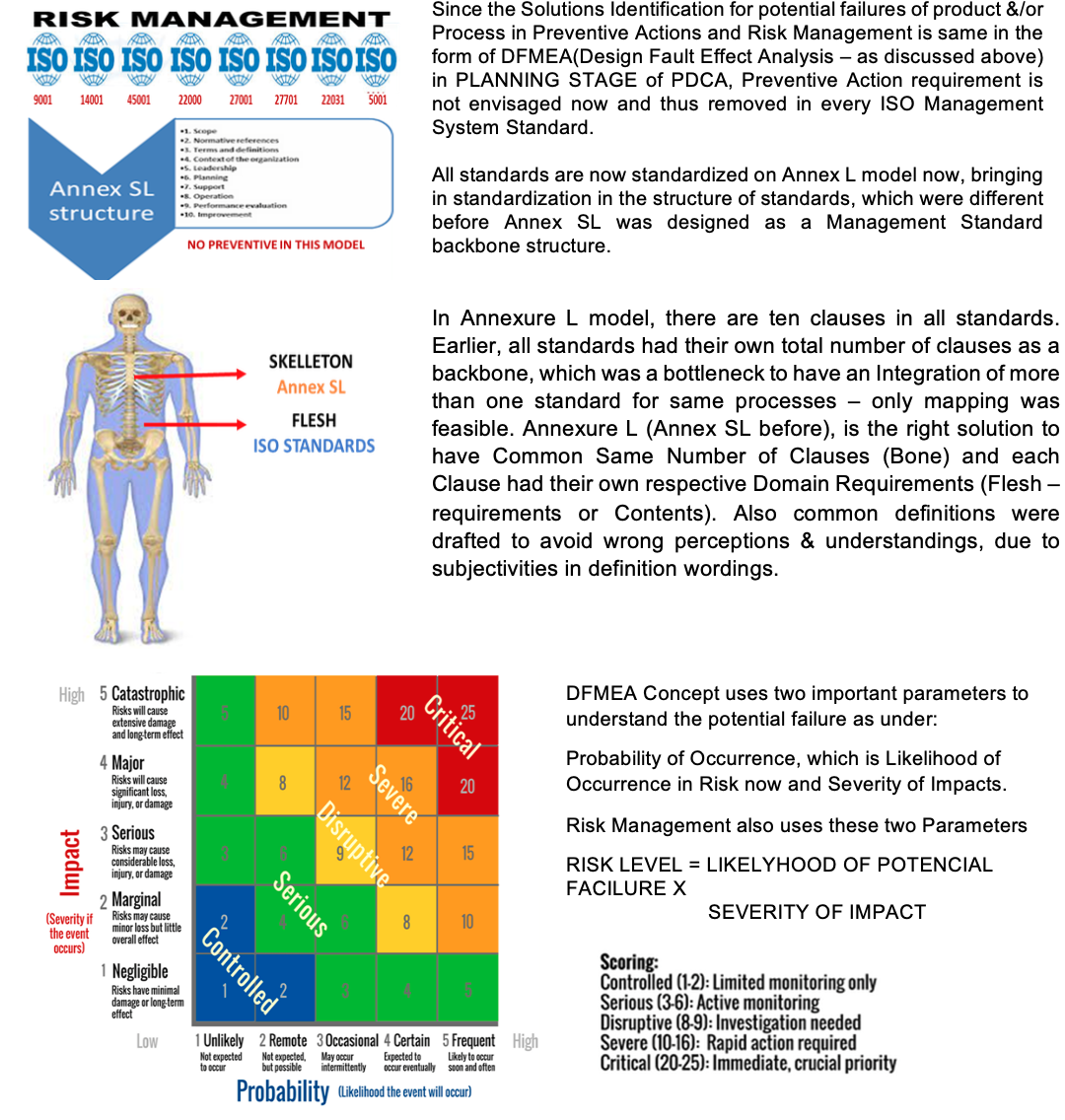 The excitement of auto racing comes from split-second decisions and daring passes by fearless drivers. Imagine that scene, but without the driver – the car alone, guided by the invisible hand of artificial intelligence. Can the rush of racing unfold without a driver steering the course? It turns out that it can. Continue reading
The excitement of auto racing comes from split-second decisions and daring passes by fearless drivers. Imagine that scene, but without the driver – the car alone, guided by the invisible hand of artificial intelligence. Can the rush of racing unfold without a driver steering the course? It turns out that it can. Continue reading
Category Archives: Design@Risk™
#431 – TRADITIONAL DOWNTOWNS ARE DEAD OR DYING: WHAT’S NEXT? – JOHN RENNIE SHORT PH.D.
Featured
 The hollowing out of U.S. cities’ office and commercial cores is a national trend with serious consequences for millions of Americans. As more people have stayed home following the COVID-19 pandemic, foot traffic has fallen. Major retail chains are closing stores, and even prestigious properties are having a hard time retaining tenants.
The hollowing out of U.S. cities’ office and commercial cores is a national trend with serious consequences for millions of Americans. As more people have stayed home following the COVID-19 pandemic, foot traffic has fallen. Major retail chains are closing stores, and even prestigious properties are having a hard time retaining tenants.
#405 – QUALITY AND RISK MANAGEMENT: ARE THEY DIFFERENT – NARESH RAO
Featured
General Overview
 Rao specializes in Management Systems. His experience in Audits & Trainings since 1986 when started carrier and in III Party Certifications since 1996. Experience in auditing and trainings in different standards and the integration of the same. Designed many training modules (standard and customized). Instrumental in establishing certification business in India like AQSR etc., from the scratch and growing (client wise and financially) with track record of value addition to client’s management system.
Rao specializes in Management Systems. His experience in Audits & Trainings since 1986 when started carrier and in III Party Certifications since 1996. Experience in auditing and trainings in different standards and the integration of the same. Designed many training modules (standard and customized). Instrumental in establishing certification business in India like AQSR etc., from the scratch and growing (client wise and financially) with track record of value addition to client’s management system.
Mobile: +91 9810067758
+91 9810827758
naresh@ircbo.solutions
#385 – HOW TO MANAGE RISKS DURING NEW PRODUCT DEVELOPMENT – DIANNA DEENEY
Featured
 New product development engineers are managing risks, daily, with each design decision: unknown risk in creating something new, risk introduced through a failure, human factors risk, and other risks related to products and services. Their design decisions affect downstream activities (from production through disposal) and the bottom-line success of the product in the market. How can engineers manage these risks through the design process? Continue reading
New product development engineers are managing risks, daily, with each design decision: unknown risk in creating something new, risk introduced through a failure, human factors risk, and other risks related to products and services. Their design decisions affect downstream activities (from production through disposal) and the bottom-line success of the product in the market. How can engineers manage these risks through the design process? Continue reading
#327 – STRATIFICATION: A BASIC QUALITY TOOL – FRED SCHENKELBERG
Featured
 Stratification implies layers or differences. A quick test for soil composition is to place a sample of soil with water in a clear jar and give it a shake. The sand, silt and loam will settle at different rates and create a layered appearance within the jar over time. The height of each layer provides information about the proportion of each type of soil within the sample.
Stratification implies layers or differences. A quick test for soil composition is to place a sample of soil with water in a clear jar and give it a shake. The sand, silt and loam will settle at different rates and create a layered appearance within the jar over time. The height of each layer provides information about the proportion of each type of soil within the sample.
Stratification as one of the seven basic quality tools (some lists use a run chart or flowchart instead) the idea of layers or differences still applies. The idea is to identify potentially meaning differences within a sample set. Continue reading

